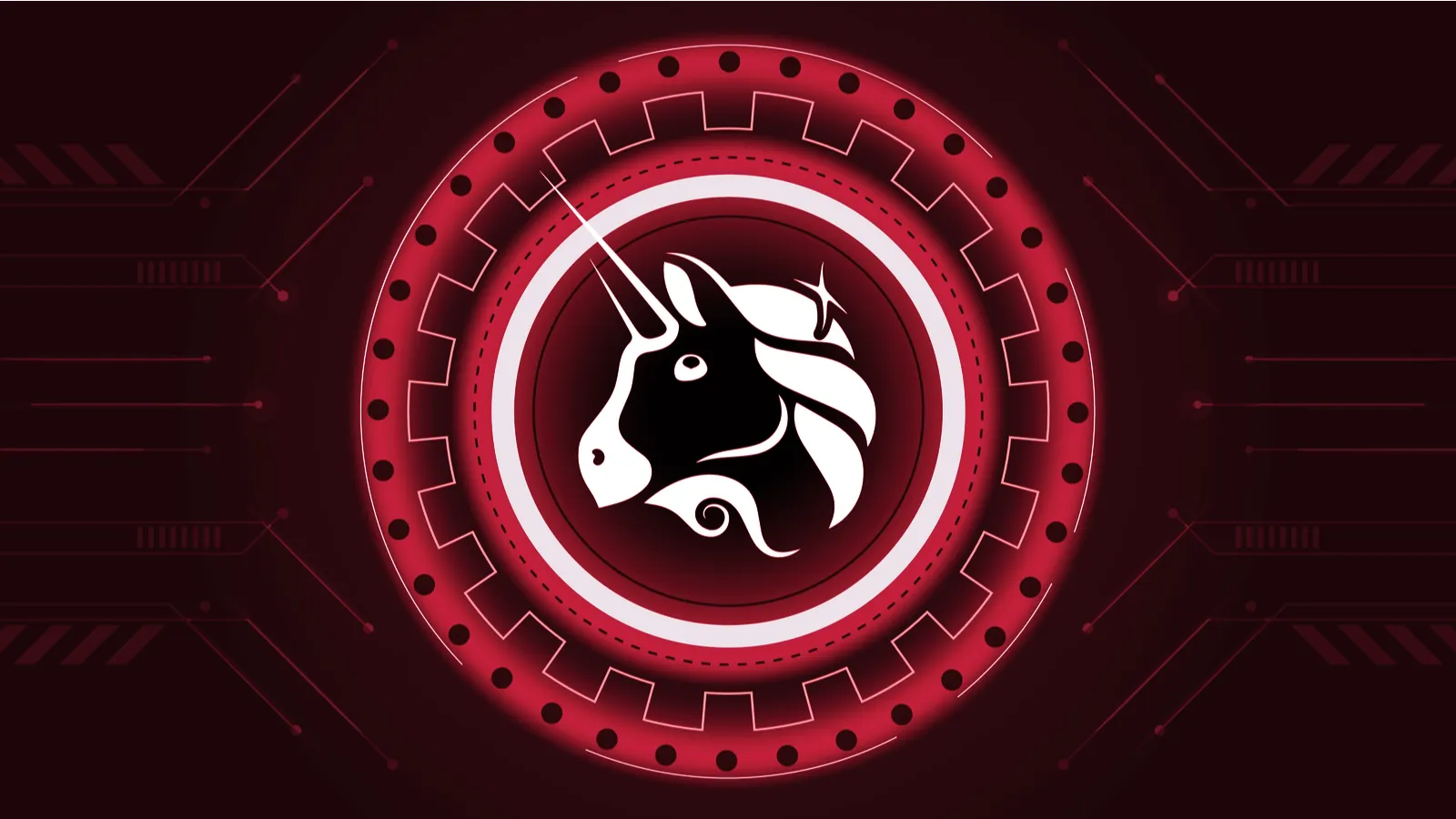NFT marketplaces typically have restrictions on which cryptocurrencies can be used to purchase assets—but Uniswap’s NFT marketplace has just launched a new feature that changes all that.
Uniswap NFT traders can now use any token on the Ethereum blockchain, such as stablecoins like USDC or Tether, or even a meme coin like Shiba Inu, to purchase their NFTs through a simplified interface.
How does it work? According to the crypto startup, Uniswap’s new Universal Router contract “finds the most cost-efficient route” to complete a swap from any Ethereum-based token into the required token for the NFT sales (in most cases, Ethereum) and then pushes that crypto to OpenSea’s Seaport protocol to finalize the transaction.
Under the hood, Uniswap is dramatically simplifying the NFT purchasing process for those who might need to swap one cryptocurrency for another before buying an NFT.
The firm also said it plans to support combined sums of multiple different cryptocurrencies for a single NFT sale soon as well, meaning that if an NFT costs 1 ETH, a trader could buy it with a combination of USDC and Tether, or DAI and SHIB, or Uniswap’s native token UNI and Chainlink, for instance.
What does this mean for NFT traders? The new tool is meant for existing Uniswap traders who swap high volumes of tokens already on the platform. It could also help users juggling liquidity to lock in sales they want faster without having to manually swap the tokens first themselves. And for those concerned about the tax implications of NFT trading, one fewer transaction before making an NFT purchase also means one fewer taxable event.
Since Uniswap acquired NFT aggregator Genie last year and launched its NFT marketplace feature on its platform in November, it’s seen less than 10,000 total transactions and roughly $7.6 million in total volume traded. It has about 16,600 total sellers and 5,400 total buyers, per a dashboard from Dune Analytics Data Scientist MarcoV.
Considering the fact that its broader DeFi platform has nearly 4.8 million total users, according to a Dune Analytics dashboard, Uniswap hasn’t exactly been able to bring its legacy users en masse to its new NFT product just yet.
Uniswap’s latest advancements on its NFT platform may improve its user experience, but it’s unclear whether it will be enough to drive traffic away from rivals like the Paradigm-backed Blur, which offers token incentives and airdrops for high-volume traders.
At time of writing, Blur activity makes up 80.6% of NFT market share by volume in the past week, while OpenSea takes about 14.5%. Uniswap’s NFT platform is still a small blip on the graphs. It doesn’t yet even make it into the top 10 NFT marketplaces by total trader count, according to a Dune Analytics dashboard.
When asked for comment on Blur and OpenSea’s market dominance, Uniswap Labs told Decrypt via email that its products are “built to last.”
“NFTs bring new users to crypto and self-custody. That continues to be the case, and it is why we launched an NFT aggregator—which has zero fees and is part of our effort to develop products that are built to last.”

